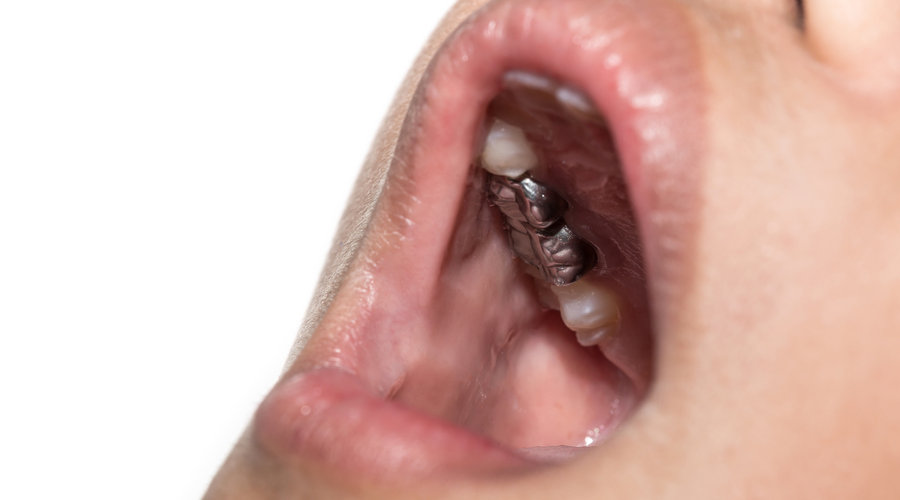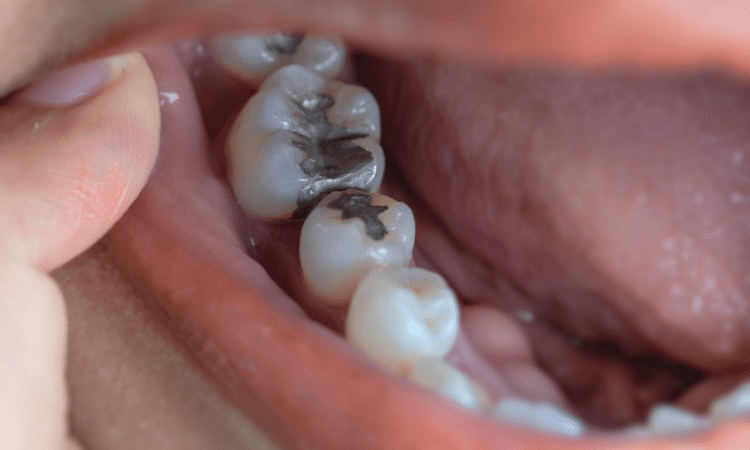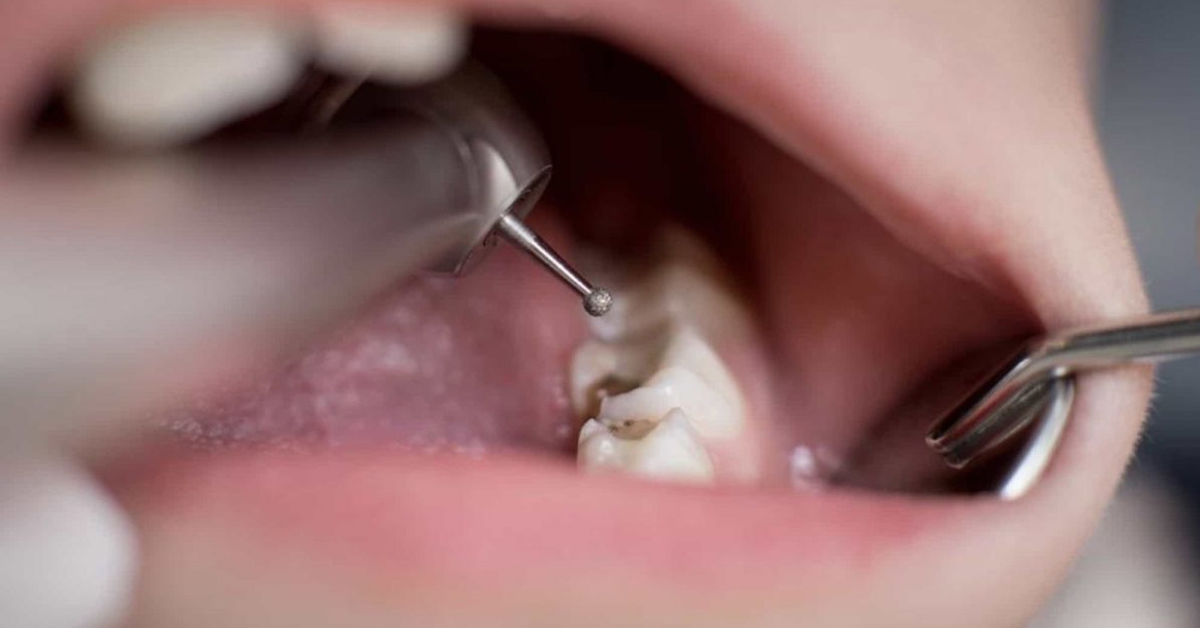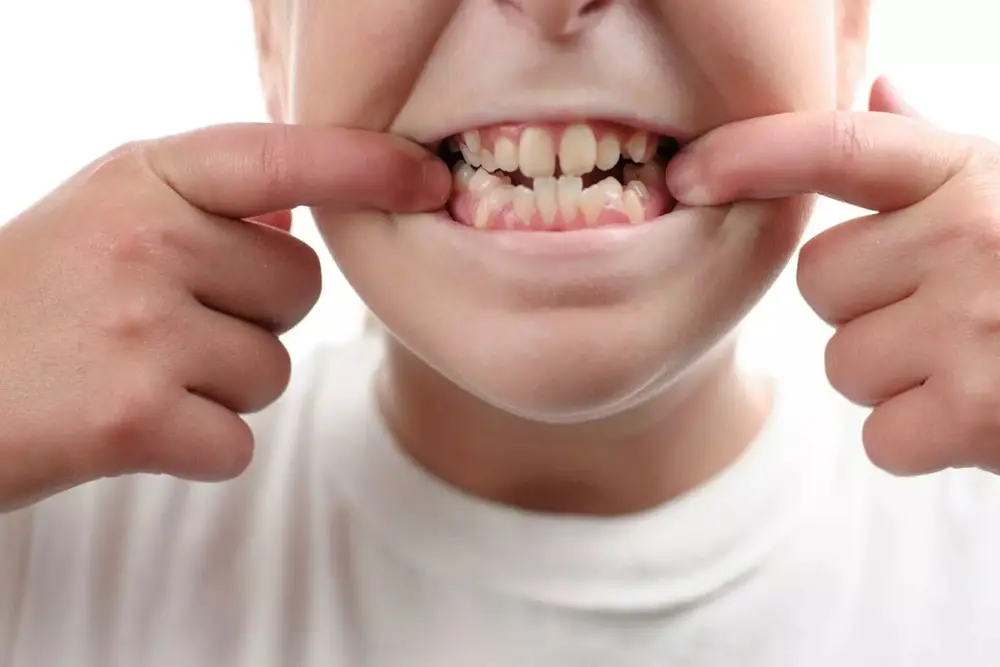SERVICES
What is Pediatric Dentistry?
Pediatric dentistry is a specialized branch of dentistry that focuses on the oral health of children from infancy through adolescence. Its main objective is to prevent, diagnose, and treat dental diseases specific to young individuals, as well as to educate children and their parents about the importance of proper oral hygiene and dental care from an early age. Pediatric dentists are specially trained to address the unique dental needs of children, including the treatment of cavities, correction of malocclusions, management of dental traumas, and promotion of healthy habits to maintain a strong and healthy smile throughout life.

Care for dental injuries (for example, fractured, displaced, or knocked-out teeth)
Treatment of dental injuries in pediatric dentistry involves managing dental traumas that may occur in children, such as fractured teeth, displaced teeth, or avulsed teeth. These injuries can result from accidents, falls, or sports-related incidents, and its important to provide immediate dental care to minimize damage and preserve the childs dental health. Heres an overview of how some of these injuries are addressed:
Fractured teeth: When a child suffers a dental fracture, treatment depends on the severity of the fracture. Minor fractures may require only gentle polishing to smooth rough edges, while more severe fractures may necessitate dental restorations such as fillings or crowns. In cases of fractures involving the dental pulp, root canal treatment may be necessary.
Displaced teeth: Displaced teeth are those that have been moved from their original position due to trauma. Depending on the severity of displacement, the dentist may attempt to reposition the tooth to its...
Aesthetic crowns
Pediatric crowns, also known as pediatric dental crowns or stainless steel crowns, are restorative devices used to cover and protect primary teeth (baby teeth) that have experienced significant loss of structure due to extensive decay, trauma, or other dental conditions.
Pediatric crowns are made of stainless steel and are specifically designed to fit the shape and size of primary teeth. They are used in situations where a dental filling is not sufficient to restore the shape and function of the affected tooth. Pediatric crowns provide a durable and effective solution for restoring primary teeth that might otherwise be lost prematurely.
The process of placing a pediatric crown generally involves the following steps:
Tooth preparation: The primary tooth is prepared to receive the crown by removing any decayed or damaged tissue and reducing its size so that the crown can fit properly.
Crown selection: A pediatric crown of the appropriate size that matches the shape and size...


Pulpectomy
Pulpectomy in pediatric dentistry is a dental procedure performed on primary teeth (baby teeth) when the dental pulp (the soft tissue in the center of the tooth containing nerves and blood vessels) is severely infected or inflamed. It is similar to endodontic treatment in adults but is done on primary teeth.
The pulpectomy process involves the complete removal of the diseased or infected dental pulp, followed by cleaning and disinfection of the root canal and subsequent filling with a material that seals the empty space within the root canal to prevent reinfection and preserve the structure of the tooth until it naturally falls out.
The pulpectomy procedure in pediatric dentistry generally follows these steps:
Local anesthesia: Local anesthesia is administered to numb the tooth and surrounding area, ensuring the childs comfort during the procedure.
Access to the pulp: An opening is made in the crown of the tooth to access the infected or inflamed dental pulp. This is done...
Pulpotomy
Pulpotomy in pediatric dentistry is a dental procedure performed on primary teeth (baby teeth) when the dental pulp (the soft tissue in the center of the tooth containing nerves and blood vessels) is inflamed due to deep decay or traumatic injury. Pulpotomy involves the selective removal of the affected portion of the pulp, followed by the application of a disinfectant material and restoration of the tooth.
The pulpotomy process typically proceeds as follows:
Local anesthesia: Local anesthesia is administered to numb the tooth and surrounding area, ensuring the childs comfort during the procedure.
Access to the pulp: An opening is made in the crown of the tooth to access the inflamed dental pulp. This is done using specialized dental instruments such as dental burs.
Removal of inflamed pulp: The inflamed portion of the pulp is carefully removed using specific dental instruments. The goal is to preserve the healthy portion of the pulp that can still maintain the vitality of...


Repair of tooth cavities or defects
Dental caries repair in pediatric dentistry refers to the process of treating and restoring teeth affected by cavities in children. Cavities are areas of decay in the teeth caused by the action of bacteria that produce acid, leading to demineralization of dental enamel and eventually cavity formation.
The process of dental caries repair in pediatric dentistry typically involves the following steps:
Dental examination: The dentist performs a visual examination and, sometimes, radiographic assessment to detect cavities in the childs teeth. This may involve identifying white spots, dark areas, or visible cavities on the tooth surface.
Removal of decayed tissue: If cavities are found, the dentist will remove the decayed tissue using specialized dental tools, such as dental drills. Its important to remove all decay to stop its progression and prevent the spread of infection.
Tooth preparation: After removal of decayed tissue, the tooth is prepared to receive the restoration....
Early assessment and treatment for straightening teeth and correcting an improper bite
The assessment and treatment for correcting bite issues in pediatric dentistry involve identifying and addressing misalignment and bite problems in children to promote proper oral function and development. Heres an overview of this process:
Initial evaluation: It begins with a comprehensive assessment of the childs mouth, including observation of teeth alignment, the relationship between the upper and lower jaw, and the bite. This may involve dental radiographs, study models, and other studies to evaluate the position of teeth and bone structure.
Diagnosis of bite problems: Any irregularities in the bite are identified, such as crossbite, overbite, open bite, or deep bite. These issues can affect chewing function, facial aesthetics, and overall oral health.
Treatment plan: An individualized treatment plan is developed to correct the childs bite. This may include the use of orthopedic or orthodontic appliances to move teeth and/or the jaw into more aligned positions. Common...


Habit counseling (pacifier use and thumb sucking, etc)
In pediatric dentistry, advice on habits focuses on helping children develop healthy behaviors that promote oral health and prevent dental problems. Some common habits addressed in pediatric dental care include pacifier use, thumb sucking, and other behaviors that may affect tooth alignment and jaw development. Here are some tips on these habits:
Pacifier use: Prolonged pacifier use can cause dental problems such as jaw or palate malformations, and can also affect tooth alignment. It is recommended to limit pacifier use after 6 months of age and completely eliminate it before the first year if possible. Offering the child a comfort toy as a substitute can help satisfy their need for sucking.
Thumb sucking: Like pacifier use, thumb sucking can cause dental problems if prolonged. It is recommended to discourage this habit starting from 6 months of age and offer alternatives to satisfy the childs need for sucking. Offering praise and positive rewards when the child avoids thumb...
Preventive dental care (cleaning, fluoride, and nutrition recommendations)
Preventive dental care in pediatric dentistry refers to the measures and procedures aimed at preventing the onset of dental diseases in children and promoting good oral health from an early age. It includes a variety of practices, which may include:
Dental cleaning: Involves the removal of dental plaque and tartar from the surface of the teeth. It is performed using special tools to eliminate the buildup of bacteria that can cause dental caries and gum diseases.
Fluoride application: Fluoride is a substance that helps strengthen dental enamel and prevent tooth decay. In preventive dental care, topical fluoride can be applied in the form of gel, foam, or varnish on the teeth to help protect them against demineralization and caries.
Nutrition recommendations: Guidance is provided on a balanced and healthy diet that promotes oral health. Specific recommendations may be given regarding foods and beverages that help prevent dental caries and maintain healthy teeth, as well as...


Infant oral health exams
The child dental health examination is a process performed by a dentist or dental hygienist to assess the dental and oral health of a child. This examination is crucial for detecting and preventing dental problems from an early age and promoting healthy dental care habits. Here are some key aspects of the child dental health examination:
Dental health assessment: The dentist or dental hygienist will examine the childs teeth and gums to detect any signs of cavities, gum disease, abnormalities in dental alignment, or any other dental issues.
Dental cleaning: During the examination, a dental cleaning may be performed to remove accumulated plaque and tartar from the childs teeth. This helps prevent dental caries and gum disease.
Education on dental care: Guidance will be provided on the importance of brushing teeth twice a day, regular flossing, limiting consumption of sugary foods and drinks, and visiting the dentist regularly for routine check-ups.
Application of dental...
Contact us to get the service of Pediatric Dentistry
Complete the form to contact our company so we can provide you with specialized attention for the service of Pediatric Dentistry.

Pediatric Dentistry Recommendations
This manual discusses recommended dental care for children in general.
